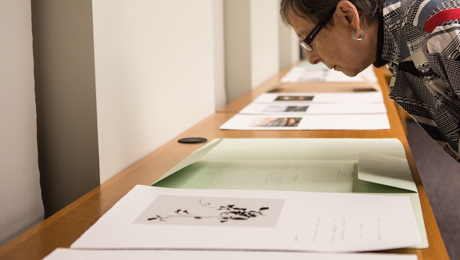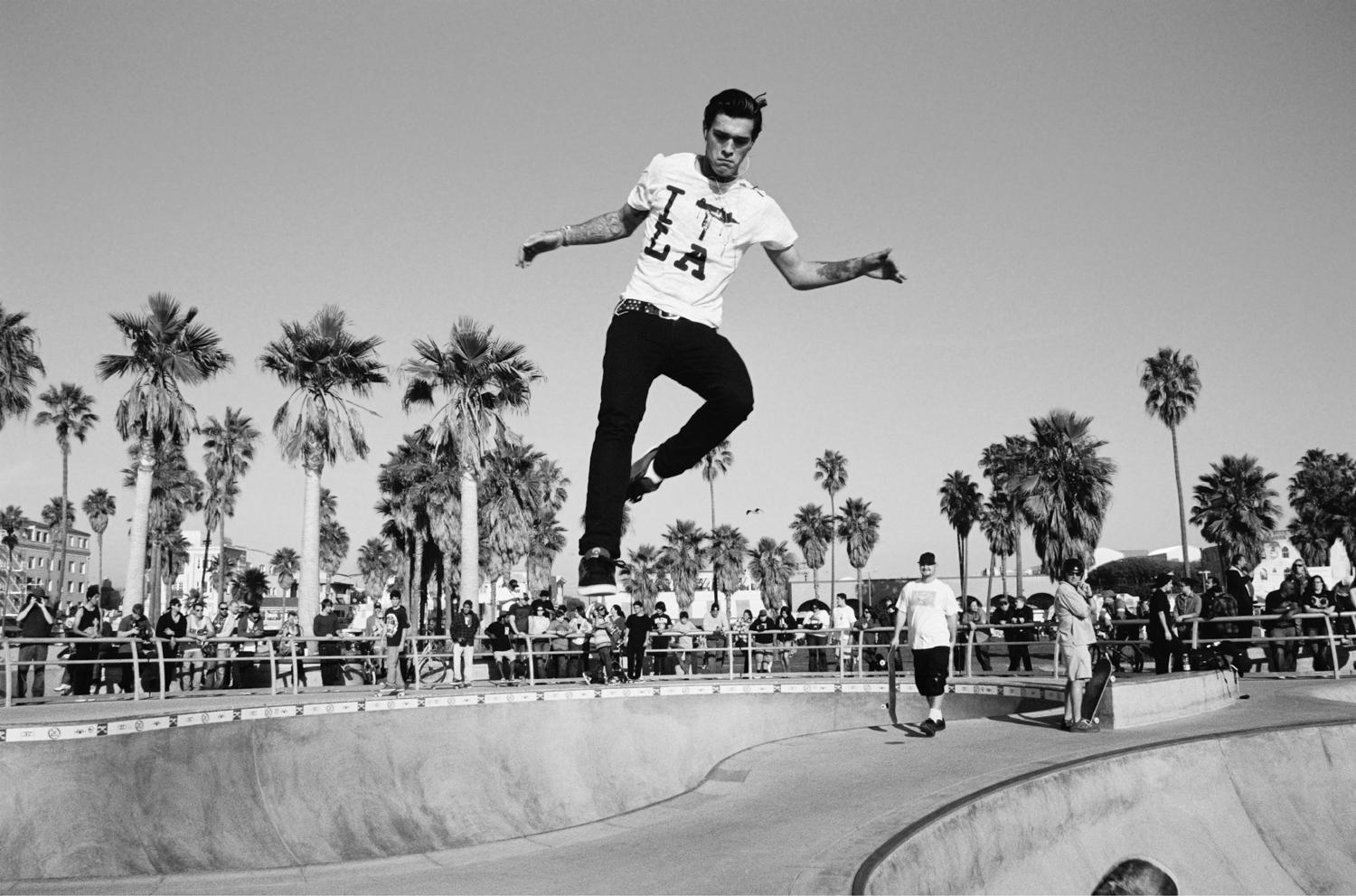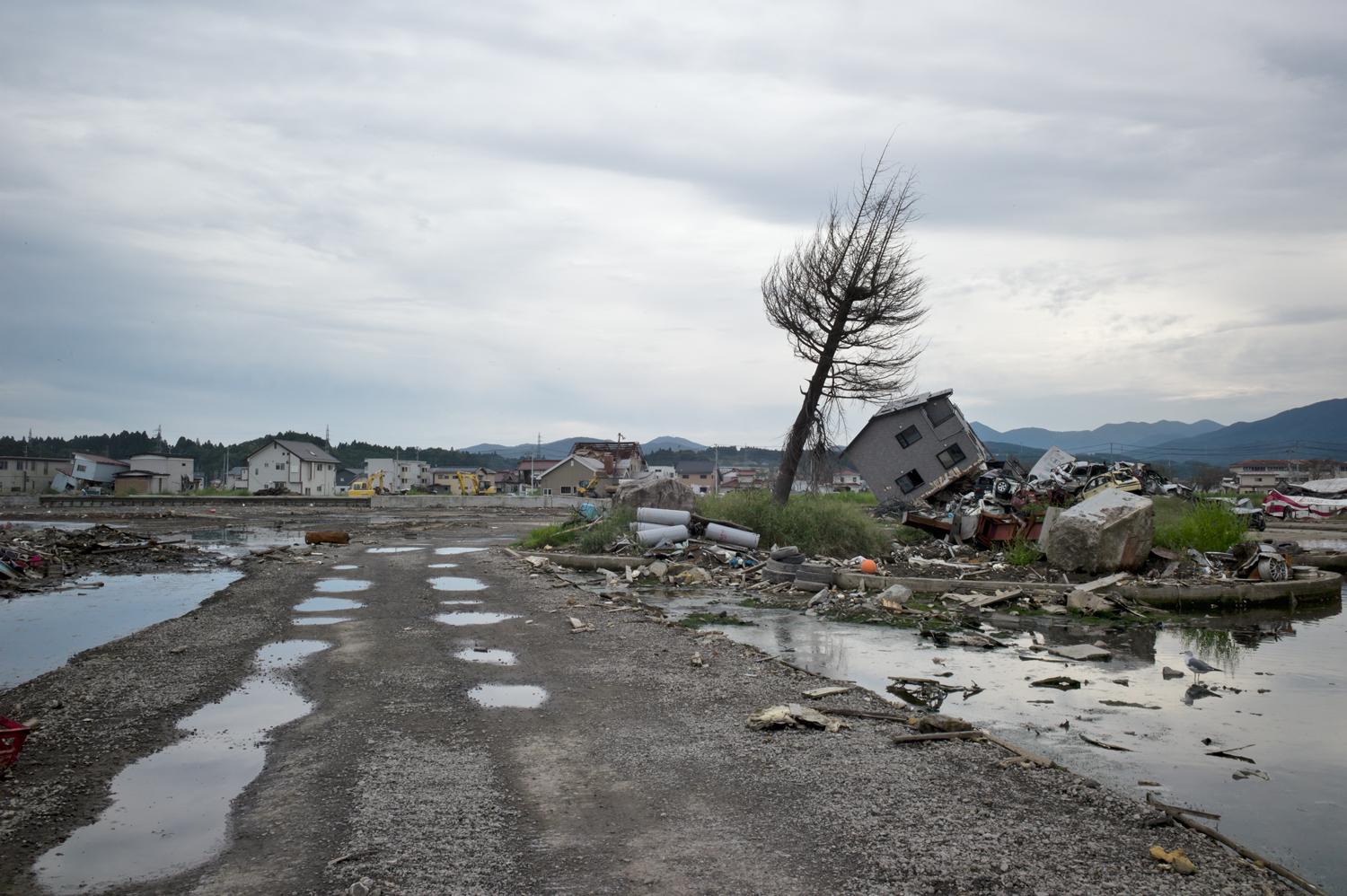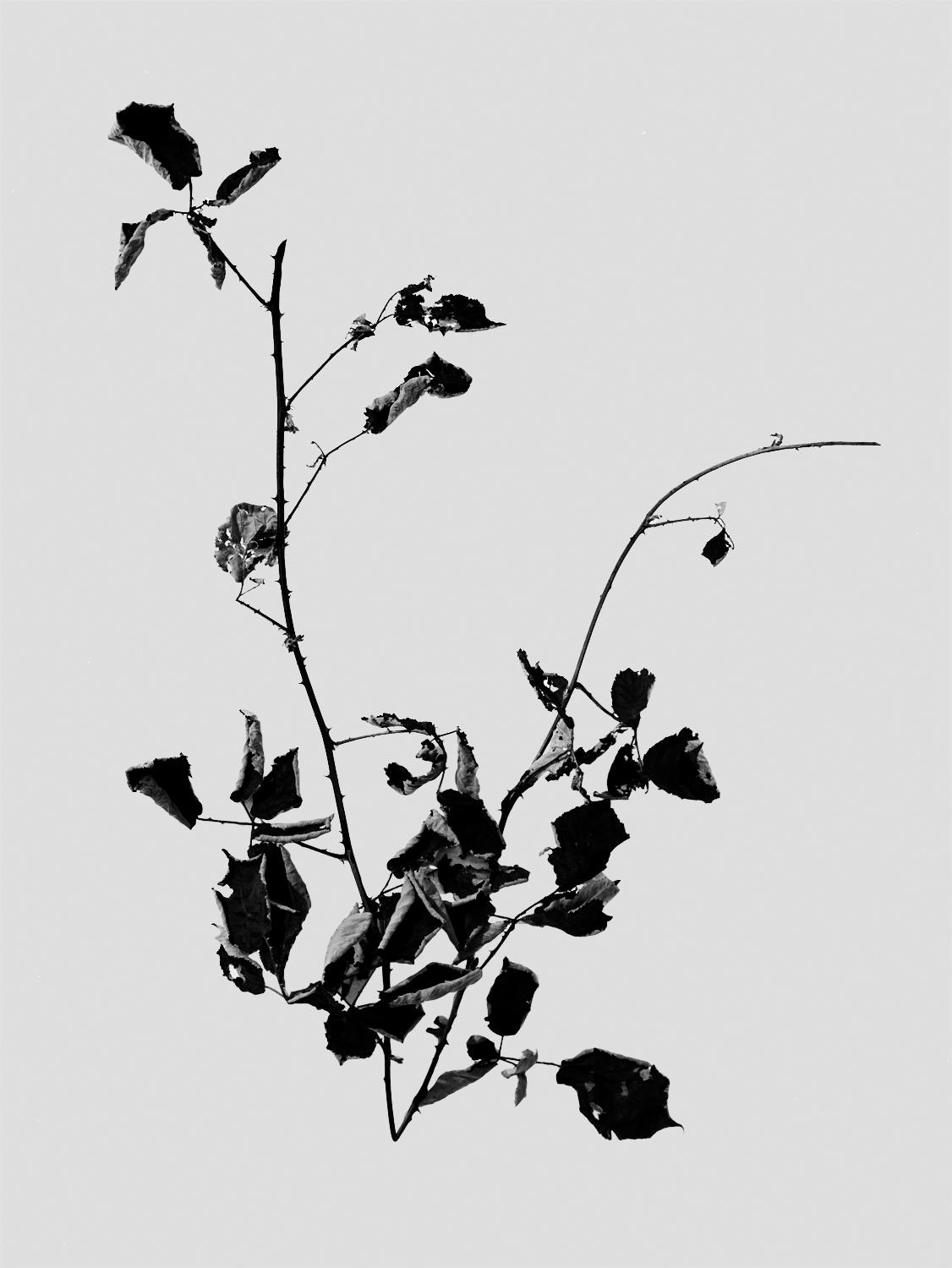For the female artists behind “3/3 Broadside Series,” a collection of photography and poetry published by Vela Noche Press in New York, the project became a process of viewing their work through the eyes of a collaborator.
“At this point I really feel like I took these photographs,” poet Lynn Melnick said of her work with photographer Ashly Stohl at a panel discussion hosted by the George Washington University Estelle and Melvin Gelman Library on Friday.
The event was moderated by poet, playwright and publisher Grace Cavalieri.
Ms. Melnick and Ms. Stohl are one of three duos that joined forces for “3/3,” a collection of three pairs of poems and photographs. The project also included photographers Lauren Henkin and Magdalena Solé, who worked with poets Kimiko Hahn and Katie Ford, respectively.
“Tonight composition, design color and inspiration come together as poets and photographers combine their individual visions into uniform work,” Ms. Cavalieri said.
Ms. Henkin, a D.C. native whose work focuses on the American landscape, organized the project after a positive experience working with poet Kirsten Rian on “Silence is an Orchard,” a handmade publication of a series of photographs shot in Maine during 2008-2009 and “Deck of Chords,” a 2011 collaboration featuring a full deck of cards with Ms. Henkin’s photography on the face of each card and a poem by Ms. Rian on the back.
After moving to New York a year and a half ago, Ms. Henkin enlisted the help of the Poetry Society of America to find the right group of collaborators for “3/3.”
“What I loved most about the poets that the society recommended is that it wasn’t a literal thing,” Ms. Henkin said. “They really thought about what would make this an interesting set.”
The collection features three volumes of three photos. Each image is paired with a poem. Set One, titled “Growth,” depicts invasive plants in black and white photos taken by Ms. Henkin paired with poems written by Ms. Hahn that articulate desire and death in the context of nature.
Set Two matches Ms. Solé’s deeply hued photographs of post-tsunami devastation in Japan with the poetry of Ms. Ford, who is known for her poems about the effects of Hurricane Katrina.
In Set Three, Ms. Stohl brings Venice Beach skateboard culture to life with abstract photos paired with the poems of Ms. Melnick, a fellow Californian, whose writing focuses on the female form.
Each of the artists—except Ms. Ford, who could not attend—discussed their process with Ms. Cavalieri and spoke with respect for their partners in translating the intent of the work into another form.
“It’s fascinating to me how a different artist can bring another facet or perspective to the project,” Ms. Solé said.
She added that seeing her photographs paired with American-style poetry instead of traditional Japanese poetry opened up a new perspective.
Ms. Solé’s feelings were echoed by Ms. Stohl, who said she was unaware that the images of teenage skateboarders were about her until she read Ms. Melnick’s poems.
“It felt instinctive and at first I thought it wasn’t about me, but about these guys I had known from my childhood and watching them do something wild and free,” Ms. Stohl said. “This project has really changed the way I see work from that time.”
For Ms. Hahn, working with Ms. Henkin became a new source of inspiration.
“My own poetry is usually triggered by source material,” Ms. Hahn said. “With this project it was inspiring because when you look at [Ms. Henkin’s] prints, it’s as if you can pick the plants off the page.”
Ms. Cavalieri was struck by the empathy between the artists, specifically the reverence with which the photographers spoke of the poets and vice versa.
“Collaboration is an opportunity that you don’t often get, to have people enter into your world so intimately,” Ms. Henkin said. “You can show your photographs in a gallery, but when someone has to create from it and comment on it in an intimate way, finally you understand how your work impacts others. “





